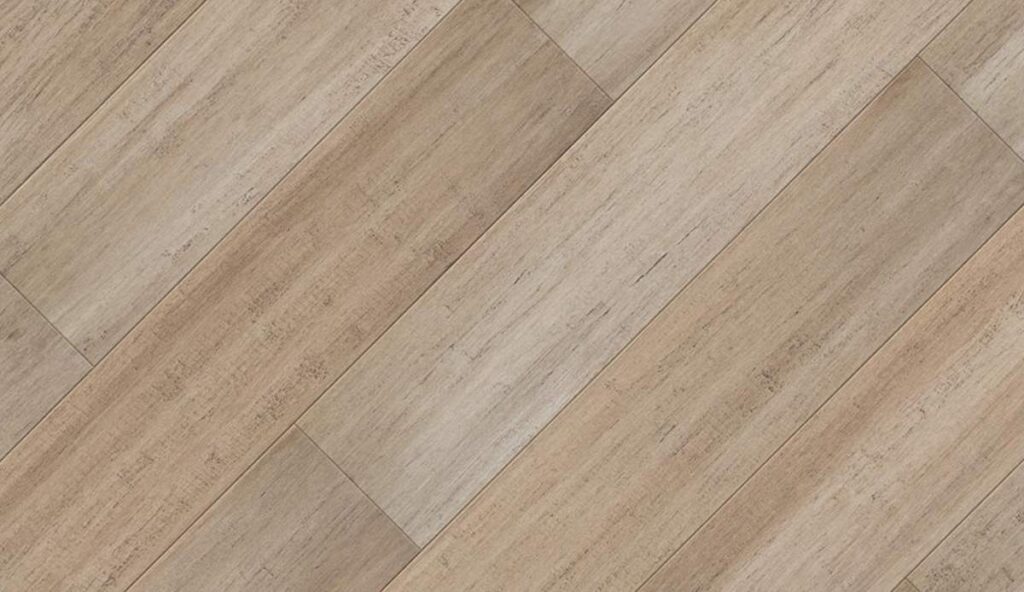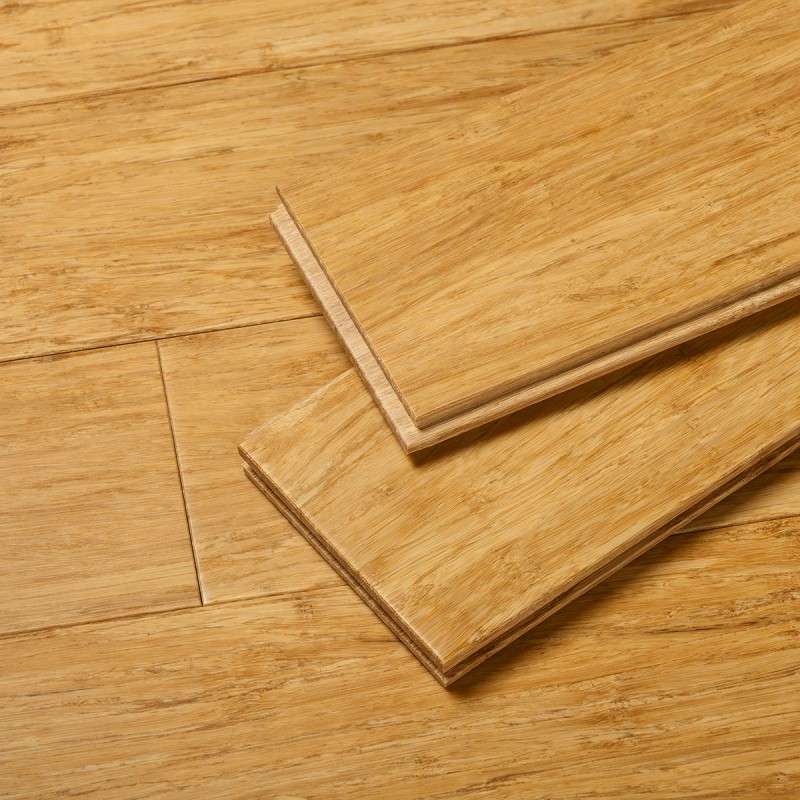The Complete Guide to Bamboo Flooring
The Complete Guide to Bamboo Flooring
Blog Article
We've discovered the article about Bamboo Flooring down the page on the net and figured it made perfect sense to write about it with you on this site.
Bamboo flooring is renowned for numerous house owners due to its benefits. It has actually ended up being the major choiced flooring for organization as well as home owners whenever there is requirement for sustainability.
Nonetheless, bamboo just like timber, is prone to damages and splitting when moisture levels change.
Are you assuming about bamboo flooring for your home? Matter yourself lucky since this post will reveal you whatever you need to understand. We will discuss its features to think about. We will also talk about the various kinds of bamboo flooring offered on the market. Maintain analysis!
Types of Bamboo Flooring
There are three standard choices: strand-woven, upright, as well as horizontal. Homeowners can pick which sort of bamboo flooring to acquire based on their traits. The customer's desired aesthetic impacts the selected Bamboo flooring type.
Engineered Bamboo Flooring
Both strong as well as crafted bamboo flooring alternatives are readily available. Once the bamboo wood fits, it isn't easy to distinguish between them.
Their distinctions are due to their production. As an example, crafted bamboo wood has a thin plywood backing.
Whether crafted or strong, bamboo flooring is strong, resilient, and also eye-catching.
Engineered bamboo flooring makes use of the drifting wood flooring over a thin foam base. They might likewise remain in the type of wide planks. For example, they are offered in sizes as much as 19 cm.
Solid - Horizontal Bamboo Flooring
You will observe that this type is almost the like vertical bamboo flooring. But it has a mild variant. Straight bamboo is among the most popular kinds of bamboo flooring.
It is made by drying massive strips of bamboo, cutting these larger items right into thinner strips, and afterwards gluing them to form slabs. The boards will certainly after that go through stress and also warmth to guarantee they are well attached.
Natural bamboo has a lighter shade. While carbonized bamboo will be much less difficult than regular bamboo, if you require a darker color, it might do you great.
Strand Woven Bamboo Flooring
Shredding the bamboo to extract the fibers is just one of the extra enticing steps in creating strand-woven bamboo floors.
The bamboo fiber is frequently combined with a sticky after it's made to a pulp. The product is then knitted and also pressed together under excellent heat, as the name suggests.
After making upright and straight bamboo, the strips offer to create strand woven bamboo. The eco-conscious purchaser might find this attribute appealing. The reason is that it makes certain that the entire bamboo stalk creates really little waste.
Solid - Upright Bamboo Flooring
Slim strips of dry bamboo timber glued up and down and pressed making use of high warm and also pressure develop this kind of bamboo flooring.
The thinnest side of the bamboo slabs will certainly be in an upright kind. Then, a company bonding, pressing, as well as lamination will certainly comply with. Because of their approach of joining, the bamboo strips feature a narrow grain pattern.
The good thing regarding this sort of bamboo flooring is that it is long lasting and also very economical. Likewise, it provides a stylish as well as stylish floor finish. Yet it is not commonly available.
Attributes As Well As What to Keep in Mind When Choosing Bamboo Flooring
With a multi-layered finishing, bamboo flooring will certainly be pretty sturdy. But remember that future touch-ups may need a much more competent flooring specialist.
Using your finish will certainly make matching repair work simpler once established up in your home. The finish will certainly not last as long as factory finishes.
Apart from that, below are some interesting functions of bamboo flooring.
Eco-Conscious
This flooring comes from a natural plant called the bamboo plant. When compared to various other tree varieties utilized to make wood flooring, bamboo expands more as well as quicker.
Inexpensive Upkeep
You can maintain bamboo flooring in good condition by cleansing and damp mopping. Regardless of being extra vulnerable to scratches, bamboo flooring is extremely basic to preserve.
You may get bamboo floors that are just as good as new by sanding them down and applying a fresh layer of paint.
Sturdy
Bamboo flooring is not developed equivalent. There are numerous types of bamboo, and also the numerous techniques utilized to turn it right into slabs impact its durability.
As such, bamboo, like wood flooring, can become vulnerable to deterioration with time. Scratching, breaking, and also other wear as well as tear may happen. You can additionally sand some bamboo to look like hardwood, however not all.
Profits
It's straightforward to know why bamboo flooring has come to be a lot more well-liked nowadays. For nearly any home, bamboo offers numerous strong and also audio remedies for the environment. For that reason, bamboo flooring could be the very best choice for upgrading your flooring.
We will certainly likewise discuss the various types of bamboo flooring available on the market. Home owners can select which type of bamboo flooring to acquire based on their qualities. Horizontal bamboo is one of the most prominent types of bamboo flooring.
While carbonized bamboo will certainly be less difficult than regular bamboo, if you need a darker shade, it may do you great. After making upright and straight bamboo, the strips serve to develop hair woven bamboo.
Bamboo Flooring
Manufacture of Bamboo Flooring
Stranded bamboo is made by shredding the bamboo stalks into small strands, which are compressed into sheets using heat and resin binders, then cut into planks to use as building materials. This form of flooring is available both as tongue-and-groove planks that are nailed down, as well as planks that float over the underlayment. This is a premium form of bamboo flooring, available in many colors.
Horizontal bamboo flooring is manufactured by cutting the strands into thin strips which are then glued together to form planks. This type of flooring has a "grain," since the long stalk fibers are visible in the flooring. This type of bamboo is not as hard or durable as stranded bamboo, but it can have a very striking appearance. It, too, is available both in nail-down planks and as floating floor planks.
Engineered bamboo flooring is made by bonding a thin layer of bamboo onto a plywood or MDF core. This flooring is comparable to engineered hardwood and is installed in the same way—usually with click-lock planks that float over a foam underlayment. It is the least expensive (and least durable) form of bamboo flooring, and it cannot be refinished.
Unless it is stained, most bamboo flooring has a natural blonde or amber color that resembles unfinished maple or birch, but darker tones are available through a process called carbonizing, which entails subjecting the planks to high temperatures. While the color can be very attractive, carbonized bamboo is softer than uncarbonized forms, and is more susceptible to scratching.
Eco-Friendliness
Environmentally conscious consumers are often drawn to bamboo as a wholly renewable resource. Unlike the hardwood lumber industry, where trees can take decades to mature, bamboo stalks grow so fast that there is little environmental liability to the harvest practices. Moreover, bamboo stalks that are cut simply continue to grow and replenish themselves so that they can be harvested.
But the manufacturing process creates other environmental concerns. Bamboo floor planks are manufactured by slicing or shredding the stalks of bamboo grass plants and then compressing the pulp back together using heat, pressure, and a resin-based adhesive identical to those used in many other flooring products. This adhesive often contains urea-formaldehyde that can outgas into the air.1
The level of adhesive used and the amount of toxins emitted will vary, depending on how the bamboo planks are manufactured. Cheaper products may contain more formaldehyde, while more expensive products may use alternative materials in the resins. The amount of formaldehyde used in bamboo flooring is similar to that found in engineered hardwood flooring or MDF sheathing, and it tends to be a problem only for sensitive individuals.2 But if this concerns you, look for bamboo products labeled as formaldehyde-free.
Bamboo Flooring Cost
This material is priced at about the same level as most hardwood floors. You can find bamboo flooring products ranging from about $2 to $8 per square foot, with a national average of $3.84 per square foot. Installation costs for bamboo flooring are much the same as for hardwood flooring. On average, figure on adding about $4 per square foot for installation labor in addition to the cost of materials. You should be able to get a good-quality bamboo installed for less than $10 per square foot, including materials and labor.
https://www.thespruce.com/benefits-and-drawbacks-of-bamboo-floors-1314694

Hopefully you liked our section on What to Know About Bamboo Flooring Before You Install. Thanks for spending some time to read our piece. For those who appreciated our blog posting kindly don't forget to pass it around. Kudos for your time. Kindly stop by our blog back soon. Report this page